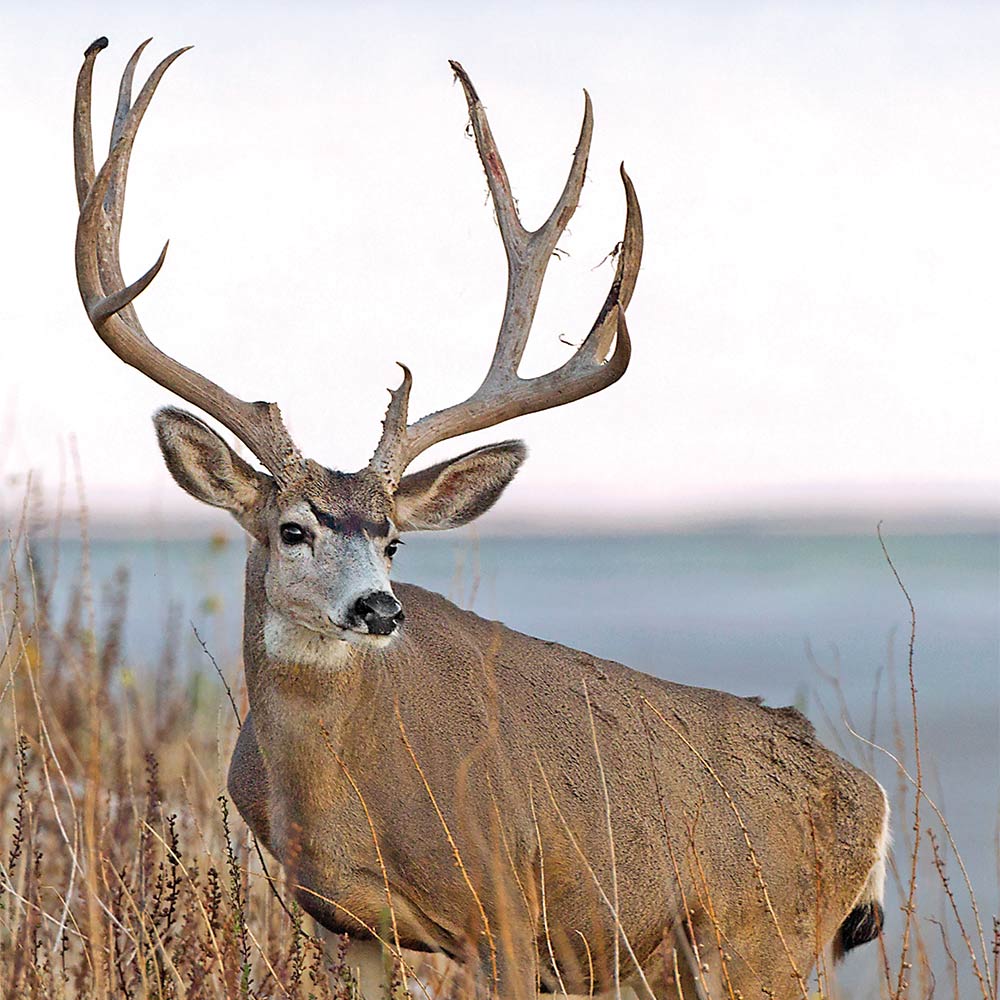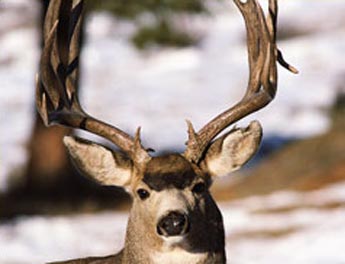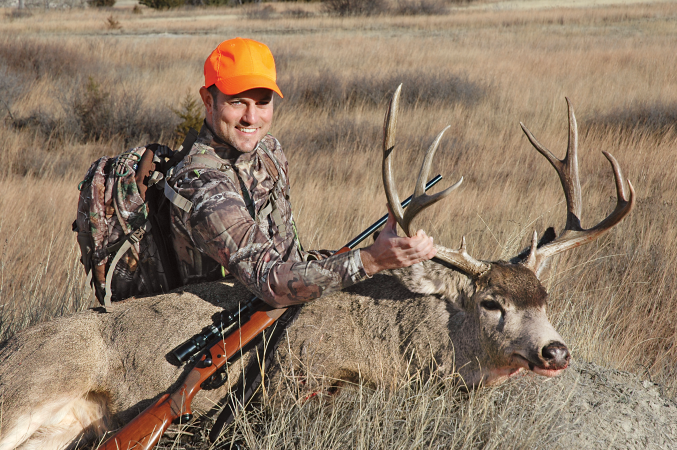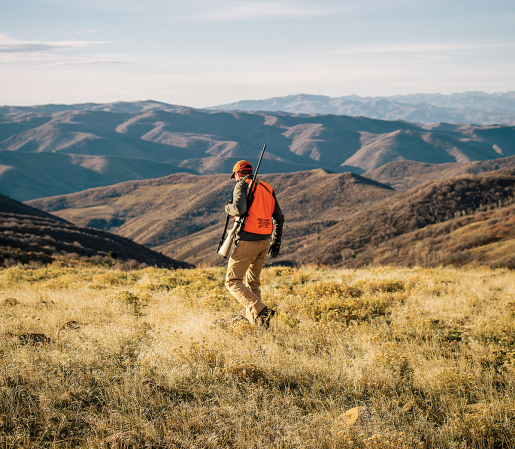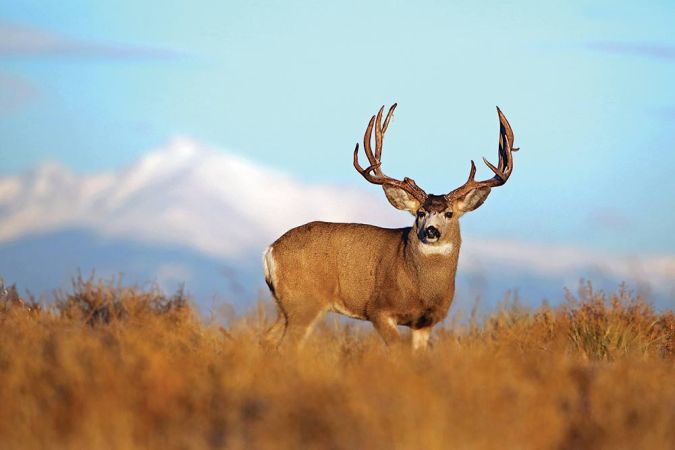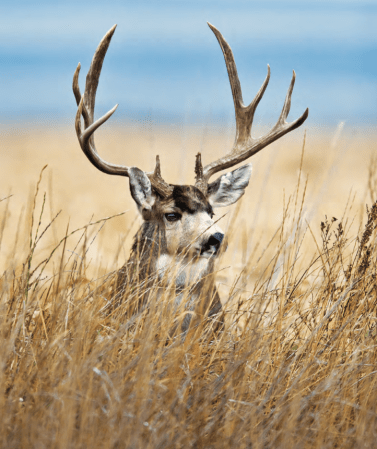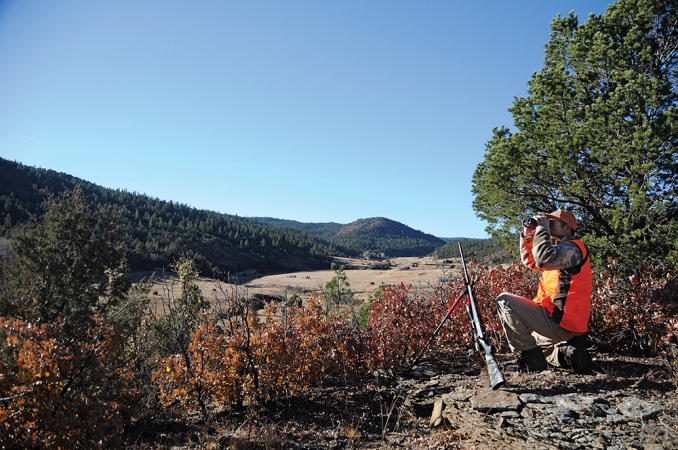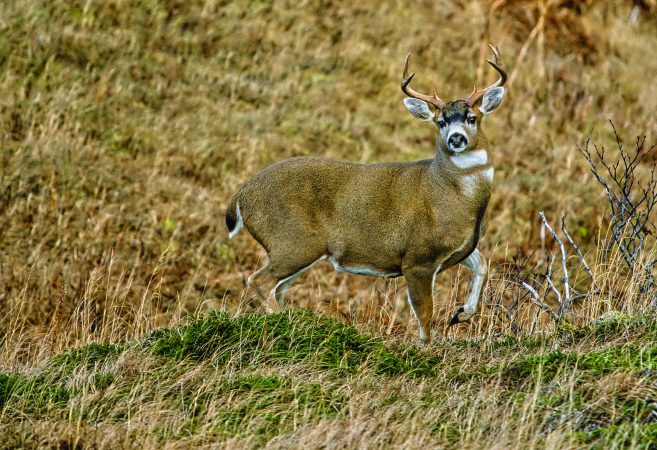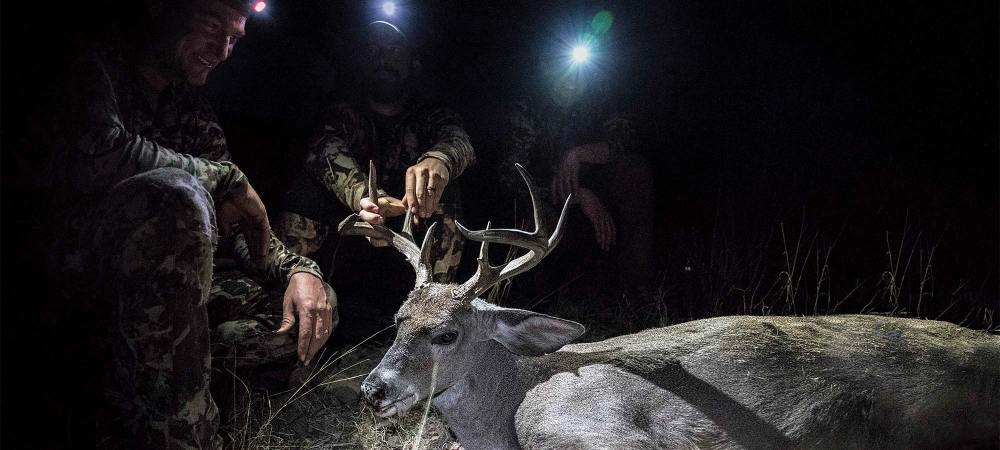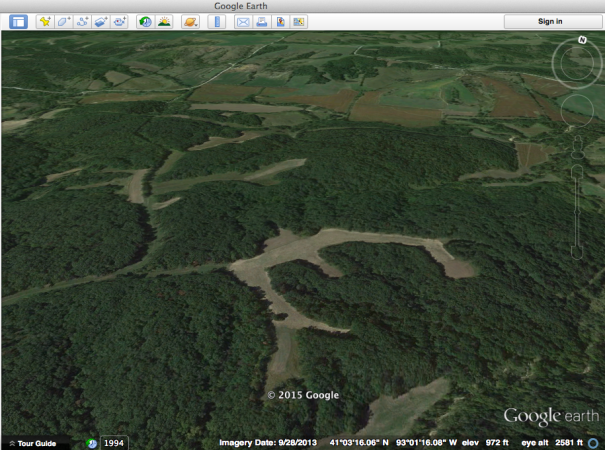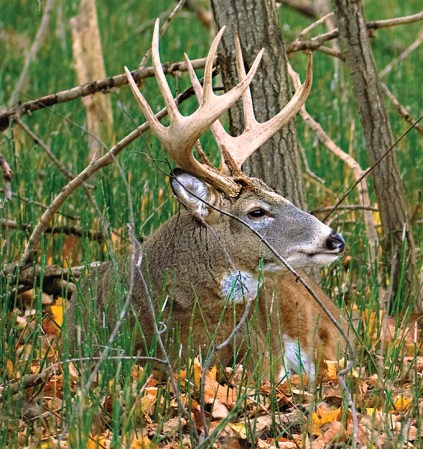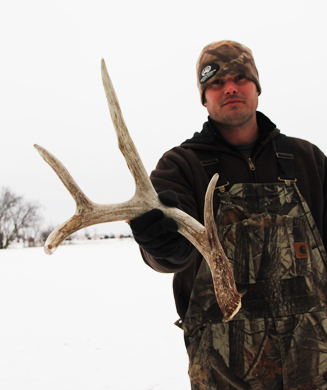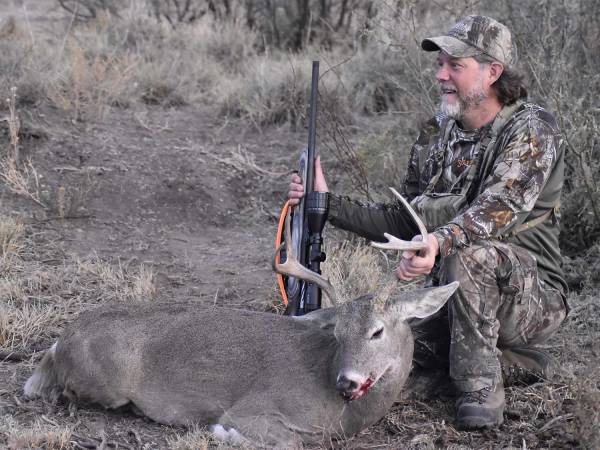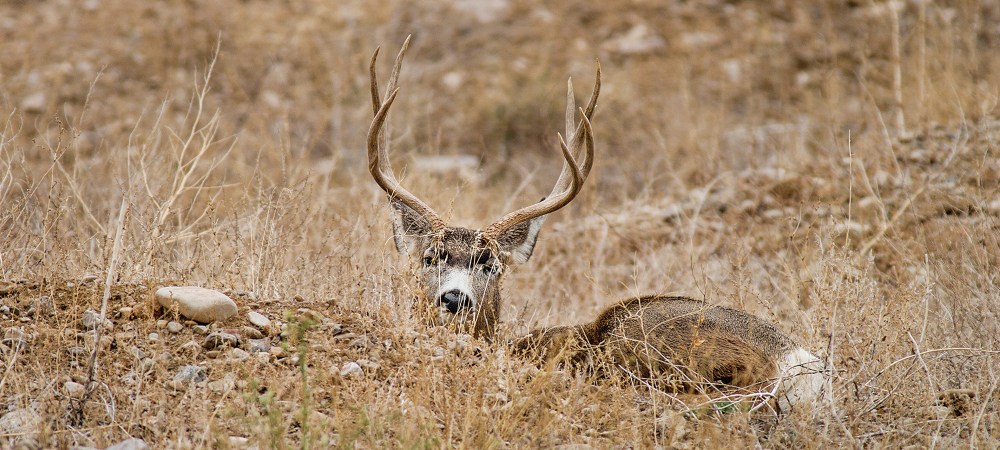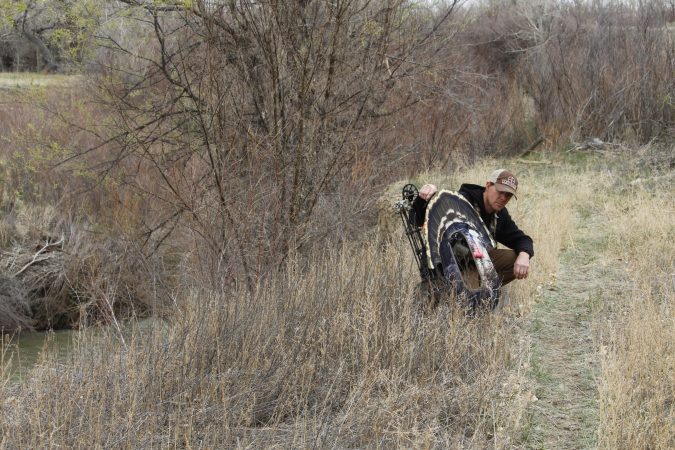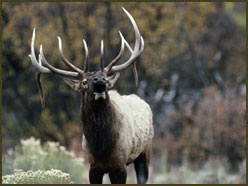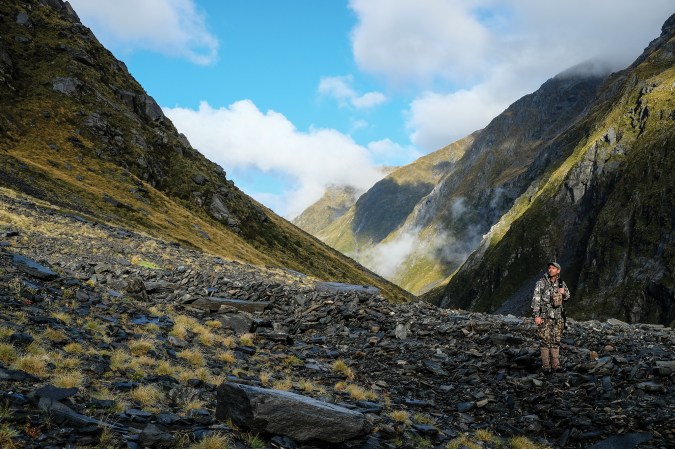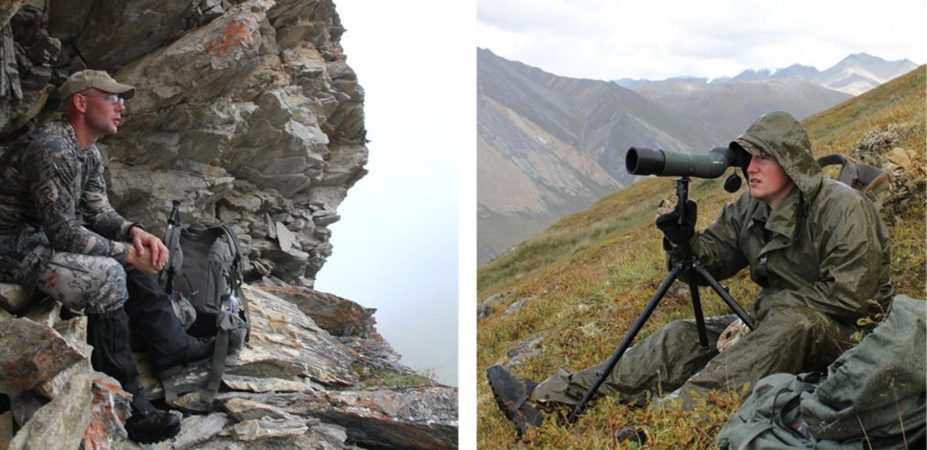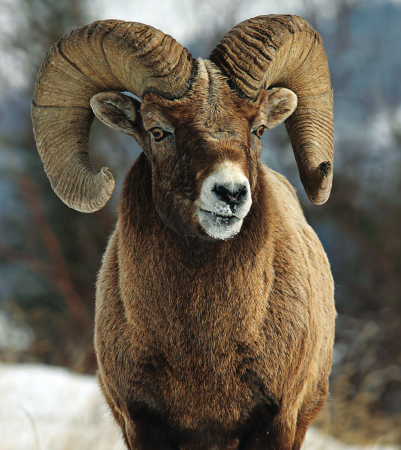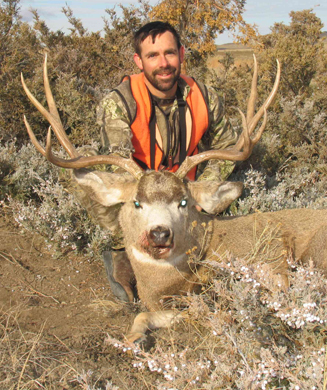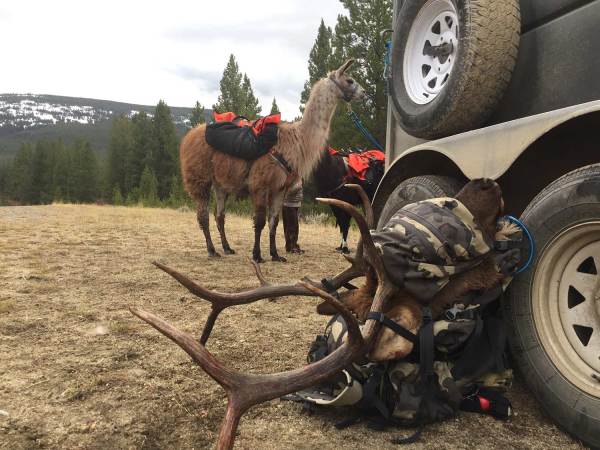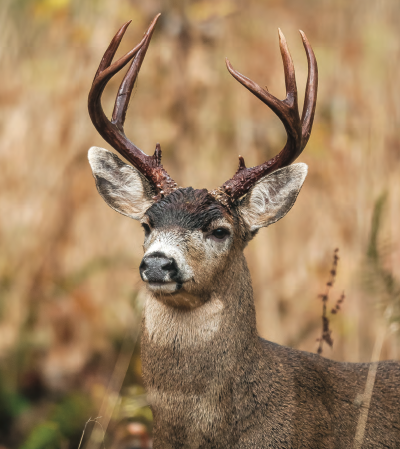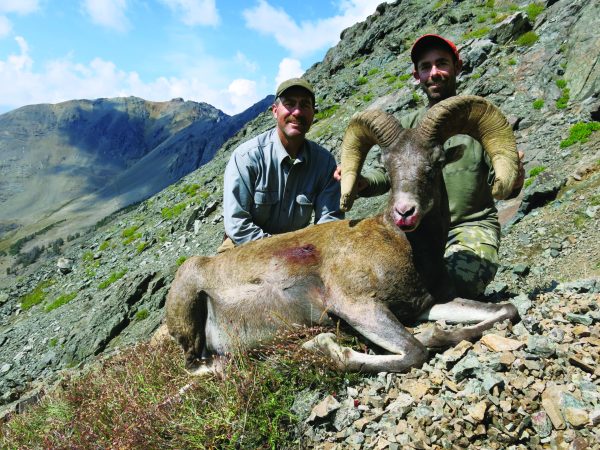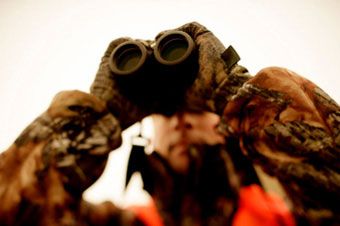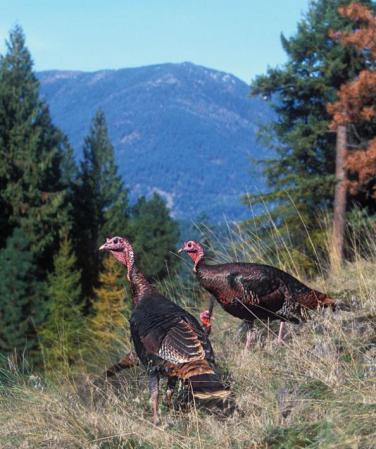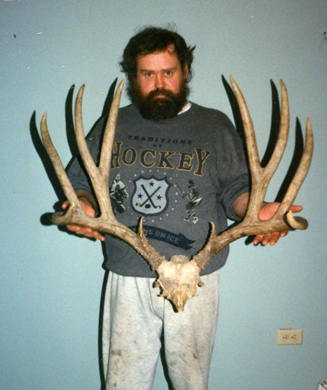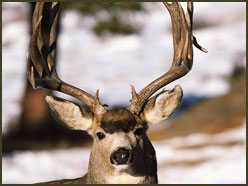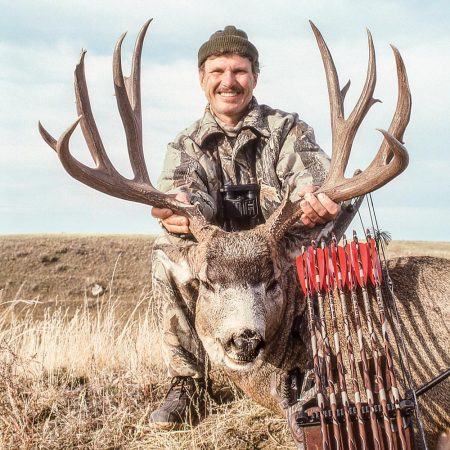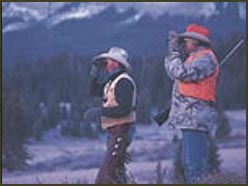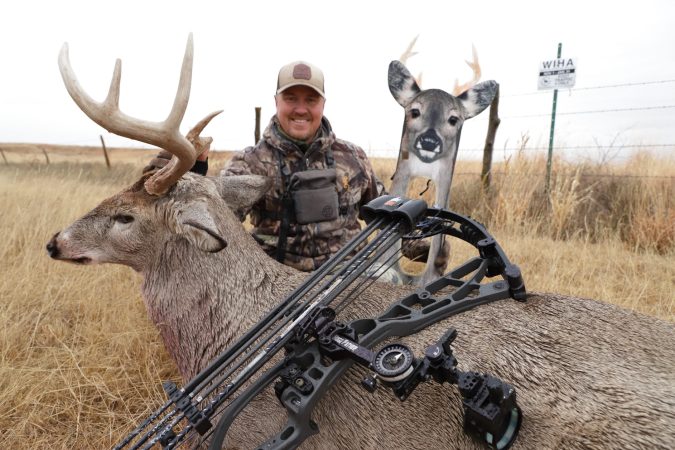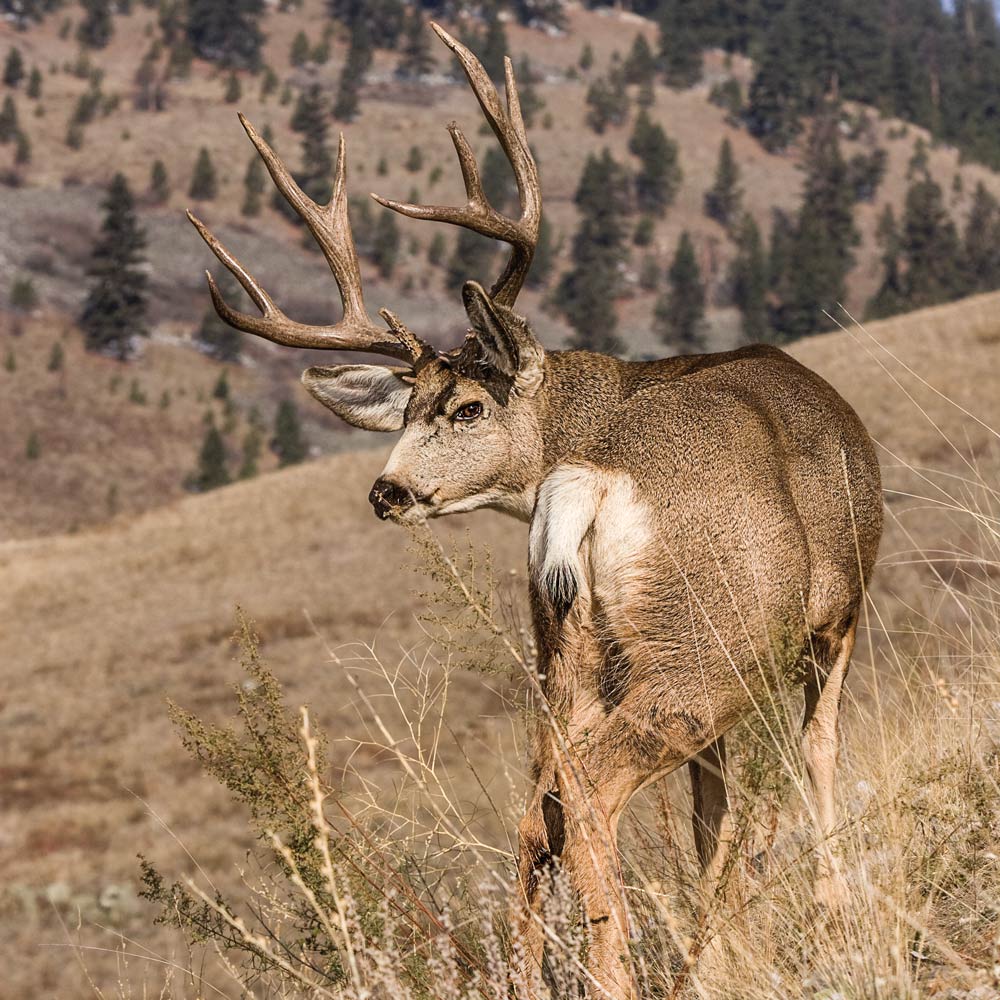
1. Alpine Country
For those who intend to hunt high timber and alpine habitat, concentrate on a single area before the season, learning how deer use this topmost habitat of the West. The biggest bucks spend their summers in high basins and greensward pockets, feeding in avalanche chutes and wildflower meadows. Hunters who scout out a number of small basins strung together will often find more deer than a hunter who focuses on one large alpine cirque.
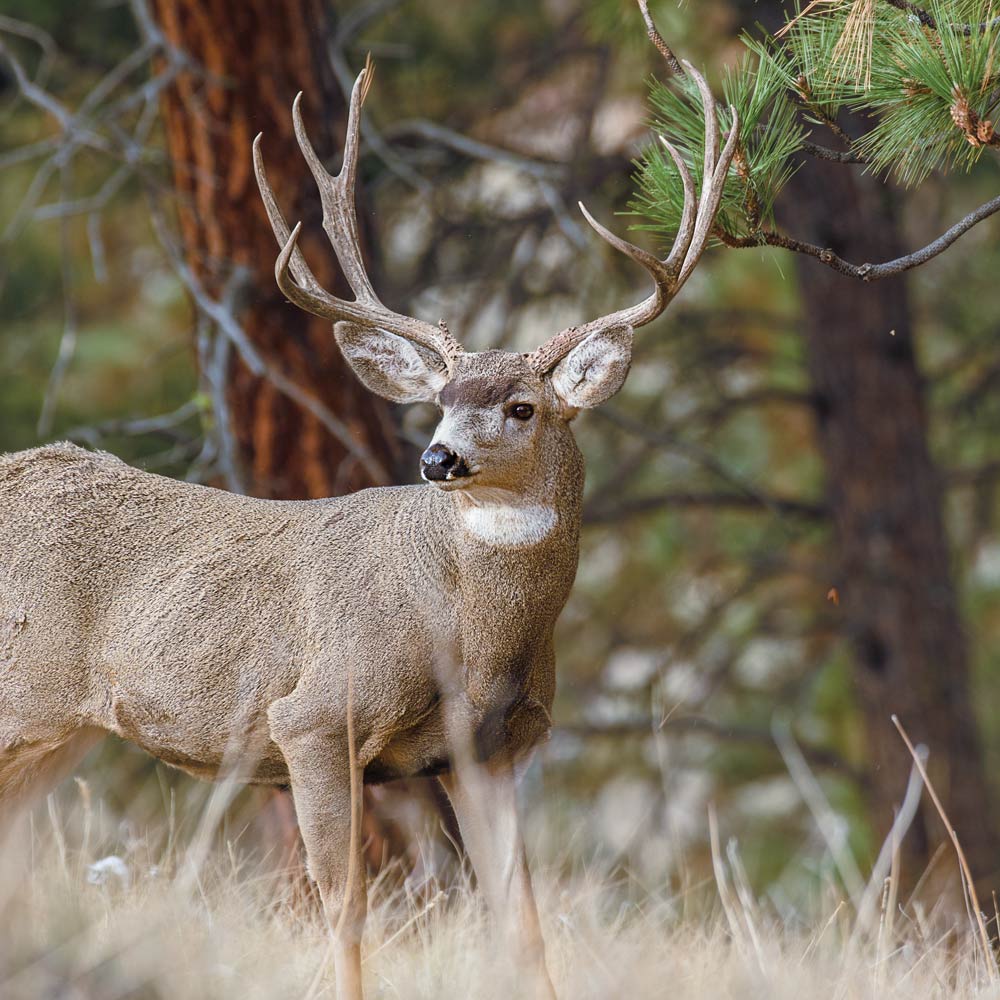
Set up on a lookout at first light, using a spotting scope to assess promising areas. Once you find mature bucks, your next move is to be there at the very earliest rifle season the area allows, because the bucks won’t stay high long.
Hunting Tactic
I hunt the top of the world in one of two ways. First, I want to be above the deer and the little basins in which they feed and water before dawn. You must have the patience and confidence to stay put until the sun lights up the peaks. If you’ve done your homework on location and elevation, the payoff can be a shot at a buck below you. If nothing shows, your hunt is not over. You still have another option.
You’ve worked hard to gain elevation and don’t want to give it up. After feeding, bucks head for bedding areas in narrow stringers of alpine timber or brushy benches and terraces just below the peaks. Glass these areas from afar, and if you see a bedded deer, make a plan to approach to within rifle range. But if you don’t see any deer, that doesn’t mean they’re not there. Ease slowly and quietly through the thin cover, keeping your eyes open and looking ahead for a tip of an antler in shade or a flicking ear. Keep the sun at your back and the breeze in your face, and expect to have fast shooting at close-range, flushing bucks.
The best part of this alpine strategy is that if you are successful, the pack-out will almost invariably be downhill.
2. Plateau Country
Mule deer that inhabit broken cliffs, tabletop mesas, and canyon rims might be visible from a distance, but older bucks melt into a carpet of low juniper and cedar shrubs when they sense danger. A shot, when you get one, often needs to happen fast.
Scouting for bucks here can be done in two ways. The first is during the last hour of sunlight, when bucks come out of cover to begin feeding, moving down from bedding areas into secluded flats and canyon bottoms where they seek succulent plants. By moving either on foot or on an ATV, you can glass several spots from a distance. Bucks that feel safe and have food tend to stay in one or two favorite canyons in the early part of the rifle season.
In the latter half of the season, use the second approach: ambushing them from above at sunup as they move back to their higher-elevation beds. There is nothing more exhilarating than watching a big set of antlers slowly climbing toward you, closing the distance with each step. The bucks attached to them are headed toward higher canyons, little benches, and sidehill terraces in which to bed down for the day.
Hunting Tactic
Move into position before legal shooting light in spots where you have good visibility down avalanche chutes, lava dikes, and mid-elevation parks. Ambush bucks where two or three canyons come together or where game trails converge. If one spot doesn’t produce, move to another the next morning.
Read Next:
Stalking Mule Deer: See Them First
3. Arid Lowlands
Mule deer in the southwestern United States and even farther south into Mexico—where trophy-minded hunters have traveled for years—live their lives in the plains, making no seasonal migrations. Cover here is cacti, mesquite, sagebrush, and madrone. The few scattered rocky hills may be only a few hundred feet above the surrounding terrain.
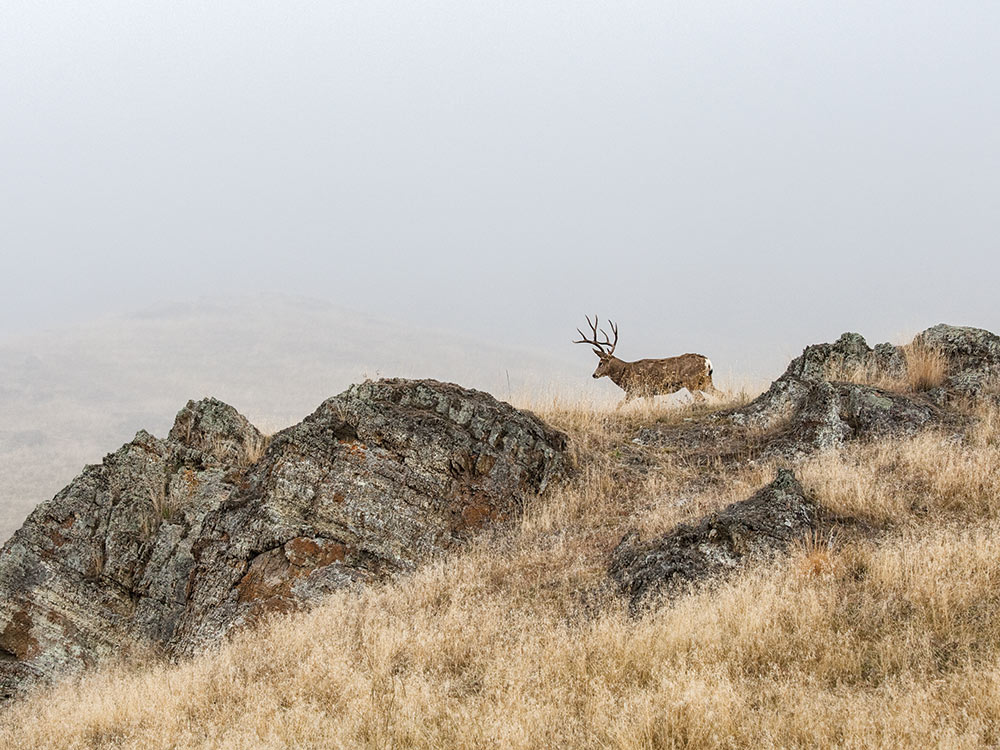
There are certain places in this sun-baked landscape that deer will always seek out. The first is a water source: small seeps, springs, cattle tanks, and even rainwater potholes. Look for fresh tracks around these features, and then find bedded bucks nearby.
Desert bucks are out in early mornings, nibbling leaves and shrubs for dew. Covering ground, on foot, for that first hour or two is a solid tactic for tracking down bucks.
By midmorning, those little hills, where deer bed on shade-side slopes and have a good view of danger, are the spots.
Hunting Tactic
If you are alone, quietly climb the sunny side of the hill. As you near the top, ease your way around into the shade, watching for bedded bucks.
If hunting with a partner, one of you should position yourself right where sun and shade meet on the top third of the hillock. Your buddy should walk around the shady side of the hill, forcing a buck to flush from his bed and run from trouble. If the buck runs toward the sun, the upper hunter has the shot. If the buck runs downhill and onto the flat, the lower hunter goes into action.
